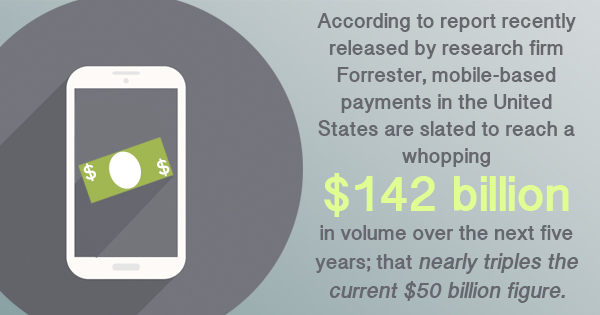The Trend Toward Mobile Payment Methods is Moving at LightSpeed
 While Lightspeed software has long been an essential component of point of sales systems for many retail stores in the United States, the platform is now making a grand entrance in the world of POS for restaurants and hospitality businesses both here and across the pond.
While Lightspeed software has long been an essential component of point of sales systems for many retail stores in the United States, the platform is now making a grand entrance in the world of POS for restaurants and hospitality businesses both here and across the pond.
Lightspeed software, named after the Montreal-based start-up providing POS software to retailers, is expanding into the restaurant and hospitality industries with a platformed catered specifically to those needs. Lightspeed — which secured a staggering $35 million investment from iNovia Capital and announced the acquisition of Belgian start up POSIOS — helps brick-and-mortar businesses improve online customer experiences and increase their sales via POS solutions.
The undisclosed deal between Lightspeed and POSIOS has allowed Lightspeed to set up shop in Ghent, Belgium — POSIOS’ own office — giving Lightspeed access into the European market. In fact, Lightspeed’s new restaurant and hospitality POS platform, Lightspeed Restaurant, will be managed entirely out of Europe. POSIOS offers a similar retail management app for restaurants, caterers, planners, etc. which will be used to power the new Lightspeed software platform for restaurants.
Similar to point of sales systems for retail stores, Lightspeed’s new restaurant platform provides a simple, consolidated view of sales, inventory data, customer preferences for repeat customers as well as a central platform to view updated listings, prices, and images. However, Lightspeed Restaurant also expedites front-of-house tasks, such as customer tabs and seating and tables. As with other modern POS systems, this allows retailers and restaurants to manage their day to day business operations more efficiently.
However, more customers may soon be paying for their meals using their mobile phones. According to a report recently released by research firm Forrester, mobile-based payments in the United States are slated to reach a whopping $142 billion in volume over the next five years; that nearly triples the current $50 billion figure.
The study, which included twelve major payment industry companies, such as PayPal, Verifone, and ATandT, indicated that the trend towards mobile commerce was increasing at a substantial rate. While mobile payment methods aren’t necessarily new technology, they have just now begun to gain traction. Forrest believes this is due to the fact that the market has matured over the last five years, and will continue doing so. Also, consumers are becoming increasingly dependent on their smartphones, and expect them to deliver more, thus creating the niche for mobile payments.
The introduction of Apple Pay has accelerated the shift towards mobile payments, with many retailers already experiencing large spikes in in-store payment activity. However, the largest growth is expected to take place within the remote mobile payment segment with purchases made via mobile apps and websites.
The rapidly changing POS landscape only serves to highlight the symbiotic relationship between consumers and technology.
Comments are closed